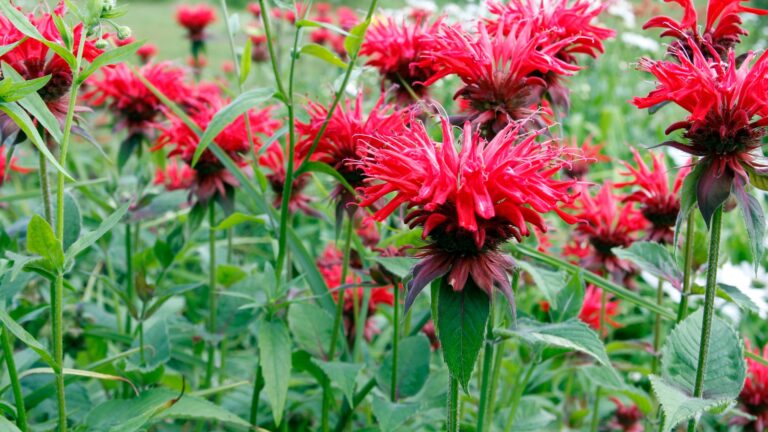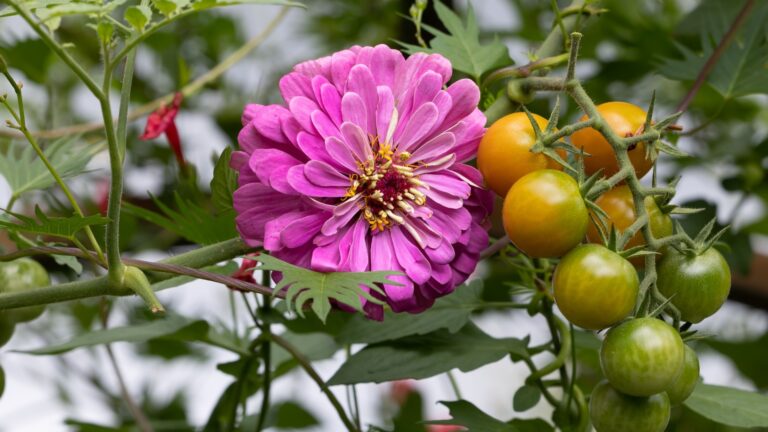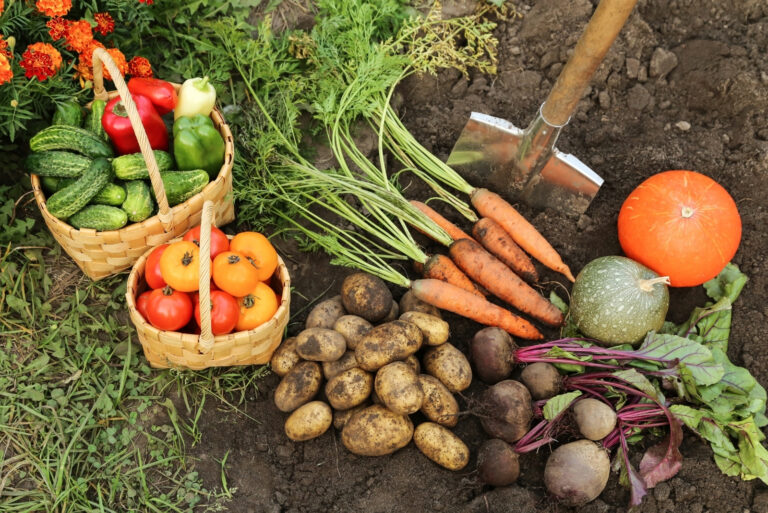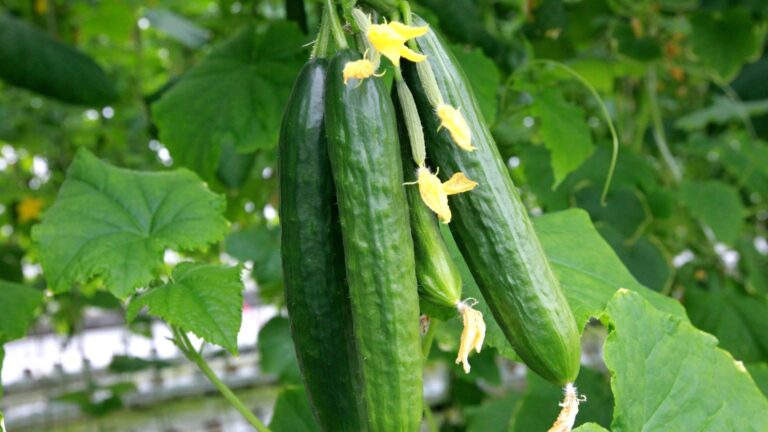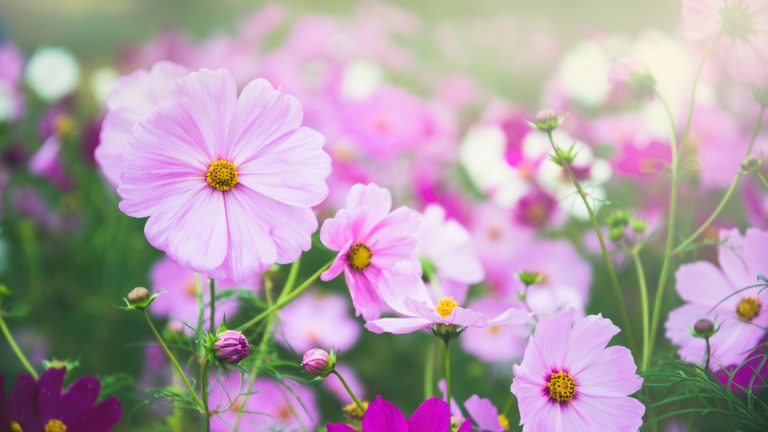These Are The 7 Perfect Companion Plants For Watermelon That Will Make It Sweeter Than Ever Before
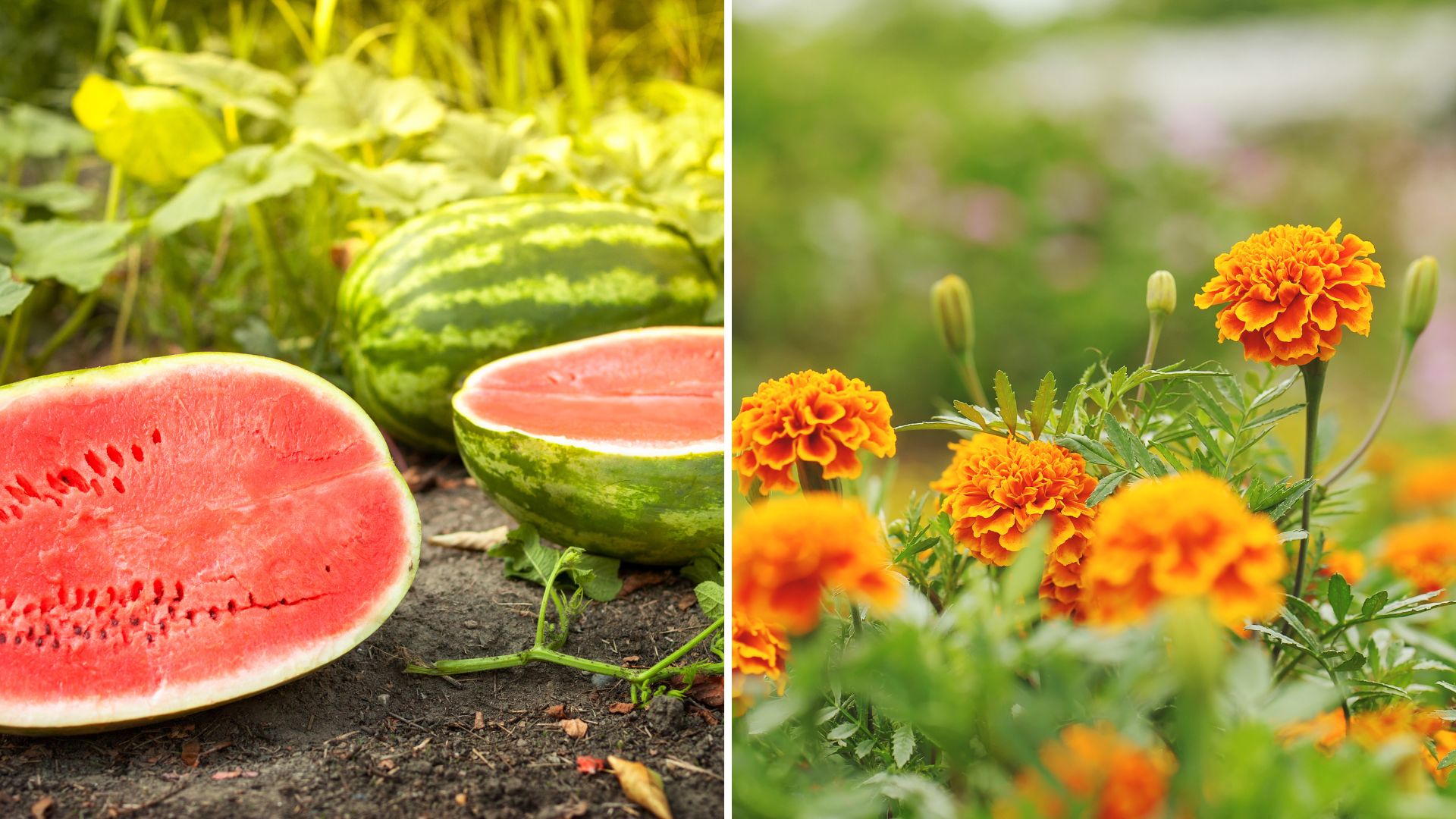
Watermelons are definitely a trademark of summer! If you have them in your garden, I’m sure you can’t wait for them to produce the juiciest and most delicious fruits.
But the road to ripe and flavorful watermelons is pretty long, and there’s a lot to do to get there.
Apart from providing them with the right growing conditions, you need to ensure there are enough pollinators and constantly inspect for pests.
The lack of pollinators in my garden led me to a very poor watermelon harvest a few years ago. Want to know how I fixed this problem? I used the companion planting method!
Yes, that’s exactly the secret to happy and healthy watermelons!
Now the last piece of the puzzle is discovering which plants fit the bill. Eager to learn? Hold on to your hat, because you’re about to find out!
1. Cats, Leave Some Catmint For Watermelons!
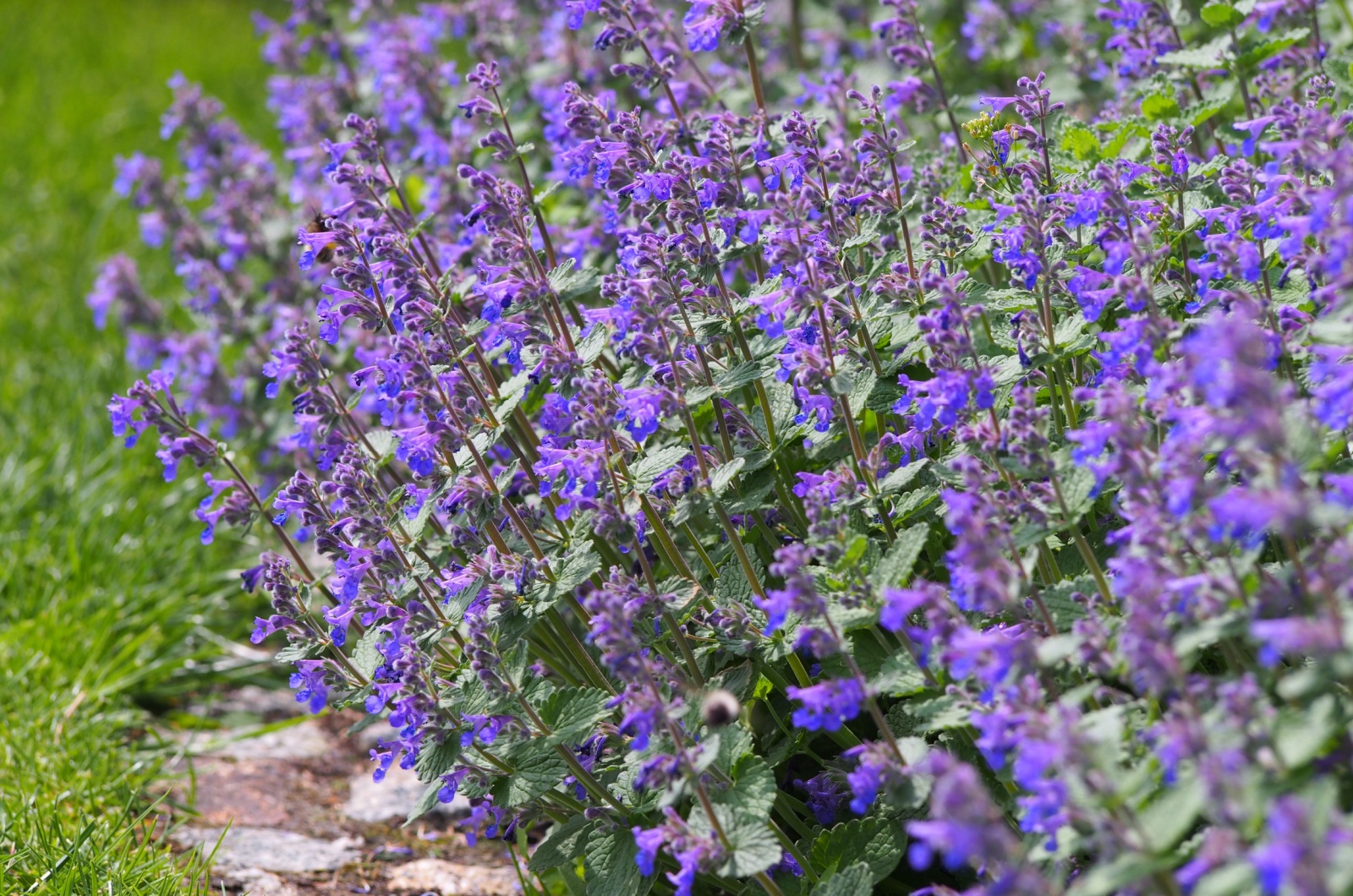
Do you want to surprise your furry friend and attract some pollinators to your yard? Then catnip is exactly what you need!
This herbaceous perennial features silvery leaves and lovely purple, white, or pink blossoms. The scent reminds of peppermint and pollinators adore it.
Your watermelons will enjoy their presence and you’ll be rewarded with a bountiful yield!
Make sure to give your catnip a lot of full sun and plant it in quick-draining soil!
Oh, did I mention that mosquitoes hate the scent of catnip plants?
2. Dill Is The Secret Weapon Your Watermelons Need
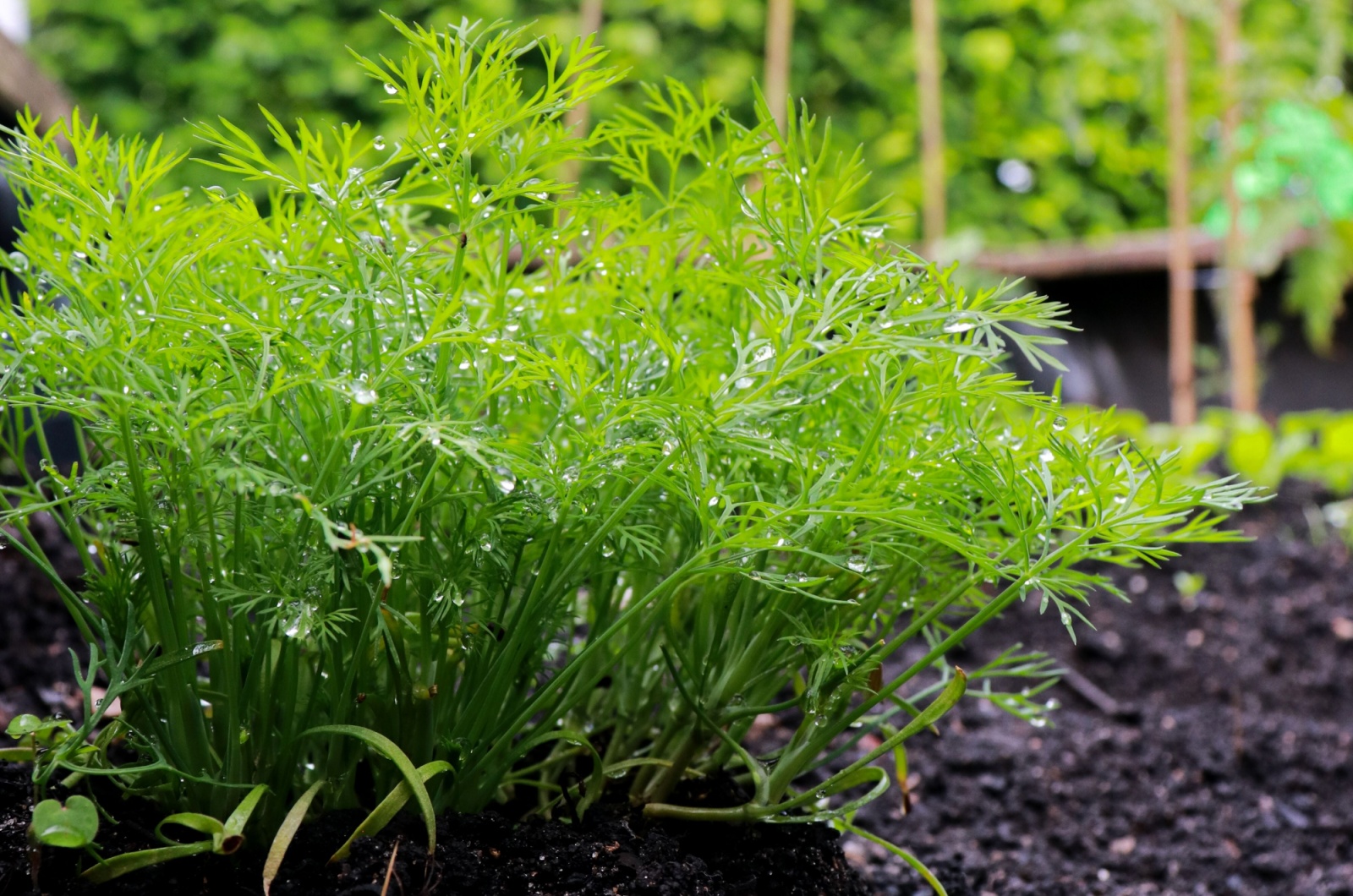
I’ll be honest with you, I’m not a fan of dill in my dishes. However, it’s one of my favorite plants to have in my garden!
The reason is simple: it attracts lady beetles, hoverflies, and bees!
But that’s not where the story ends. Its strong scent (yes, very strong) makes aphids beat a hasty retreat! These pests can be harmful to watermelons even before setting any fruits, so managing them in the early stages is crucial!
Dill thrives if given a lot of direct light but it grows better in poor soil types.
3. Nasturtium Is Nature’s Pest-Fighting Ally
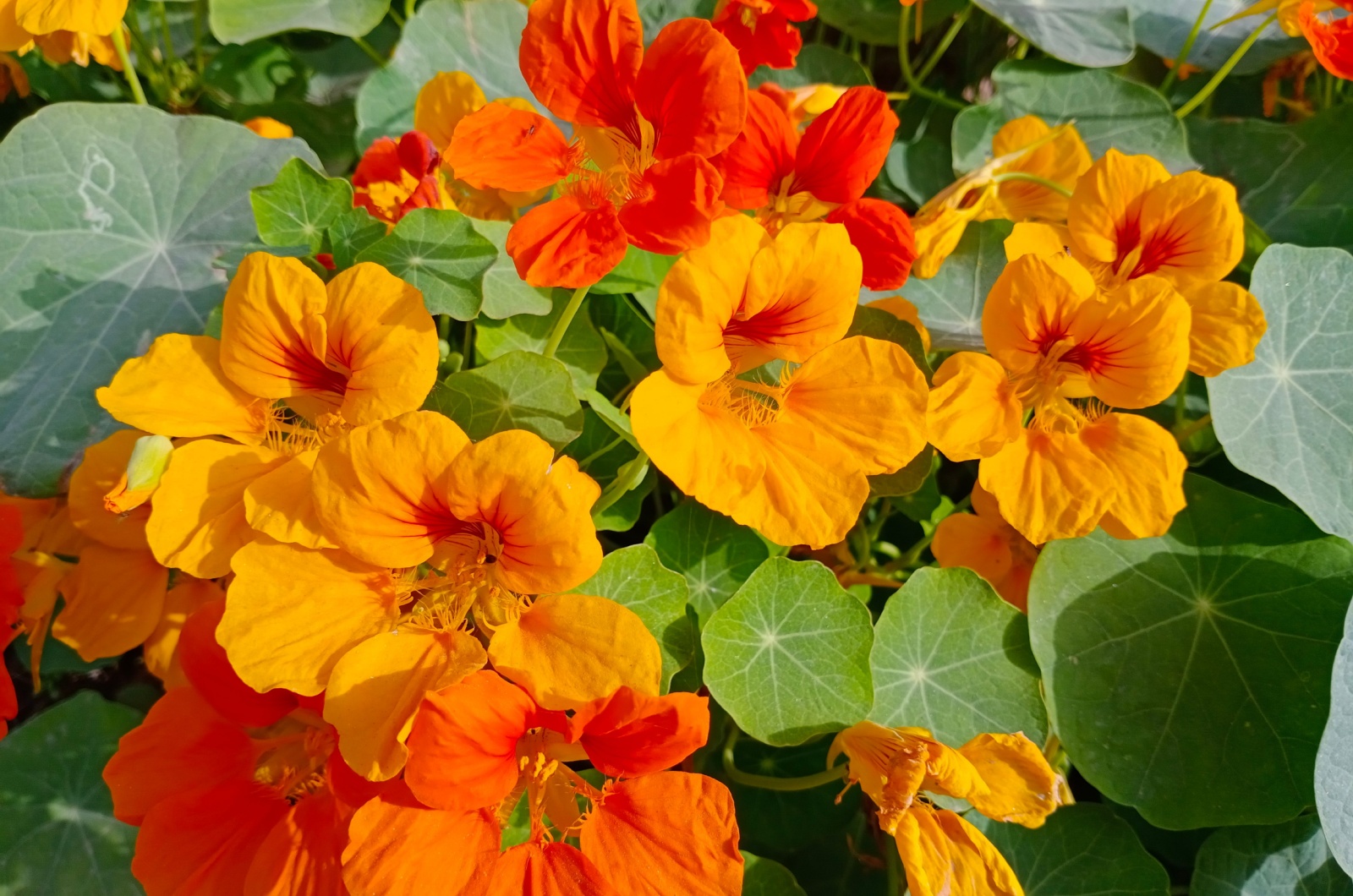
If you want to make your watermelon patch more aesthetically pleasing, nasturtiums are a great way to go! Of course, that’s not their only benefit.
They’re true magnets for pollinators and their captivating blossoms offer a lot of nectar.
You may find this surprising, but nasturtiums act as trap crops in gardens. Trap what? Aphids love them and, after they leave their larvae, hoverflies will arrive and feed on them.
This means your watermelons will grow and develop undisturbed! Yes, it is kind of cruel to sacrifice a plant, but anything for our watermelons, right?
4. Marigold: The Key Ingredient To A Healthy Watermelon
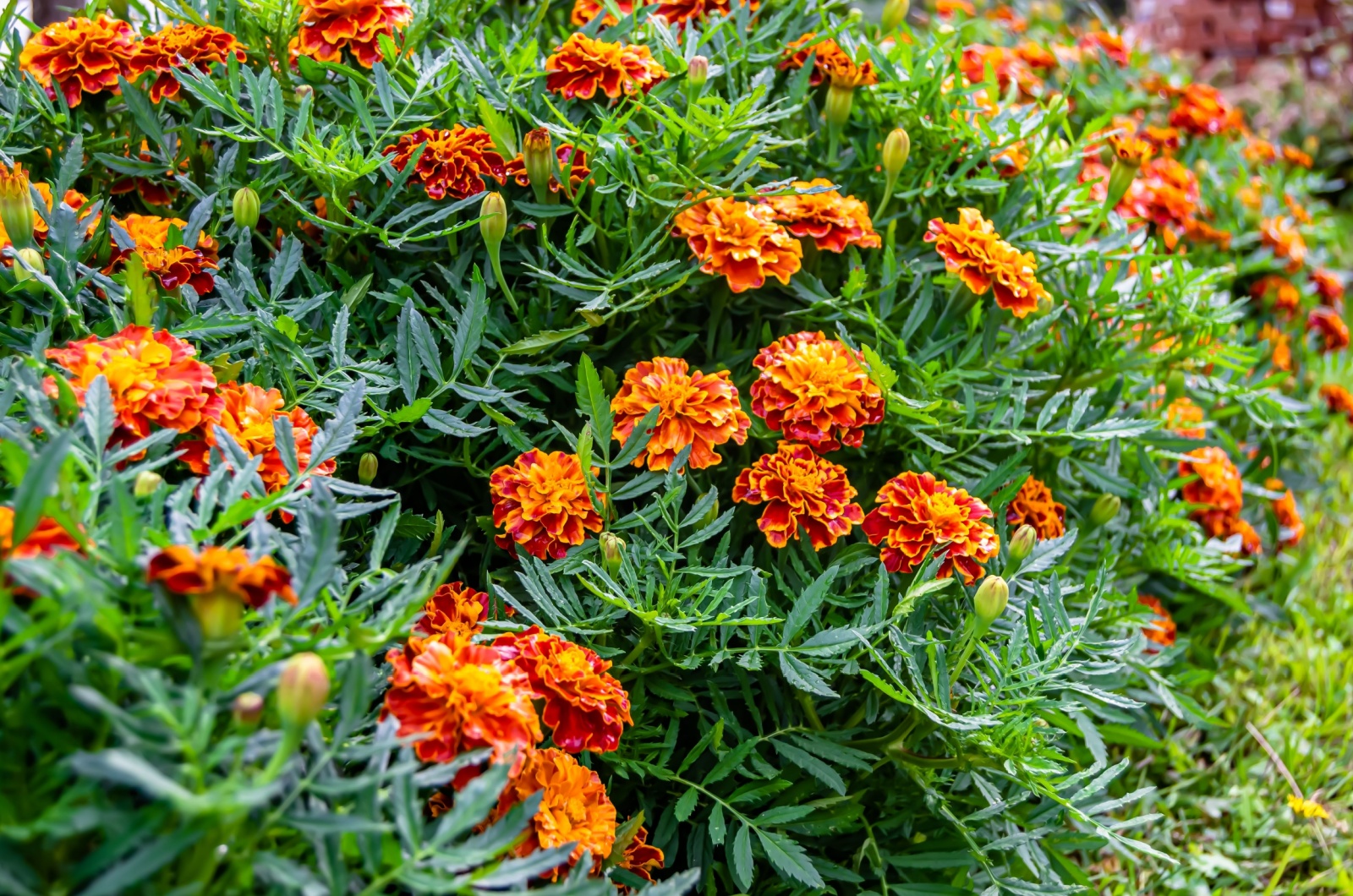
We all know that marigolds deserve a spot in any veggie patch, but what about a watermelon patch? The effect is the same!
They’re one of the favorite flowers of hoverflies, ladybugs, and parasitic wasps. And pollinators adore them, too!
Marigolds have a long blooming season and can range from 6 inches to a few feet tall. Make sure to select a variety that can fit your watermelon patch!
5. Lavender Is Sweetly-Scented Guardian!
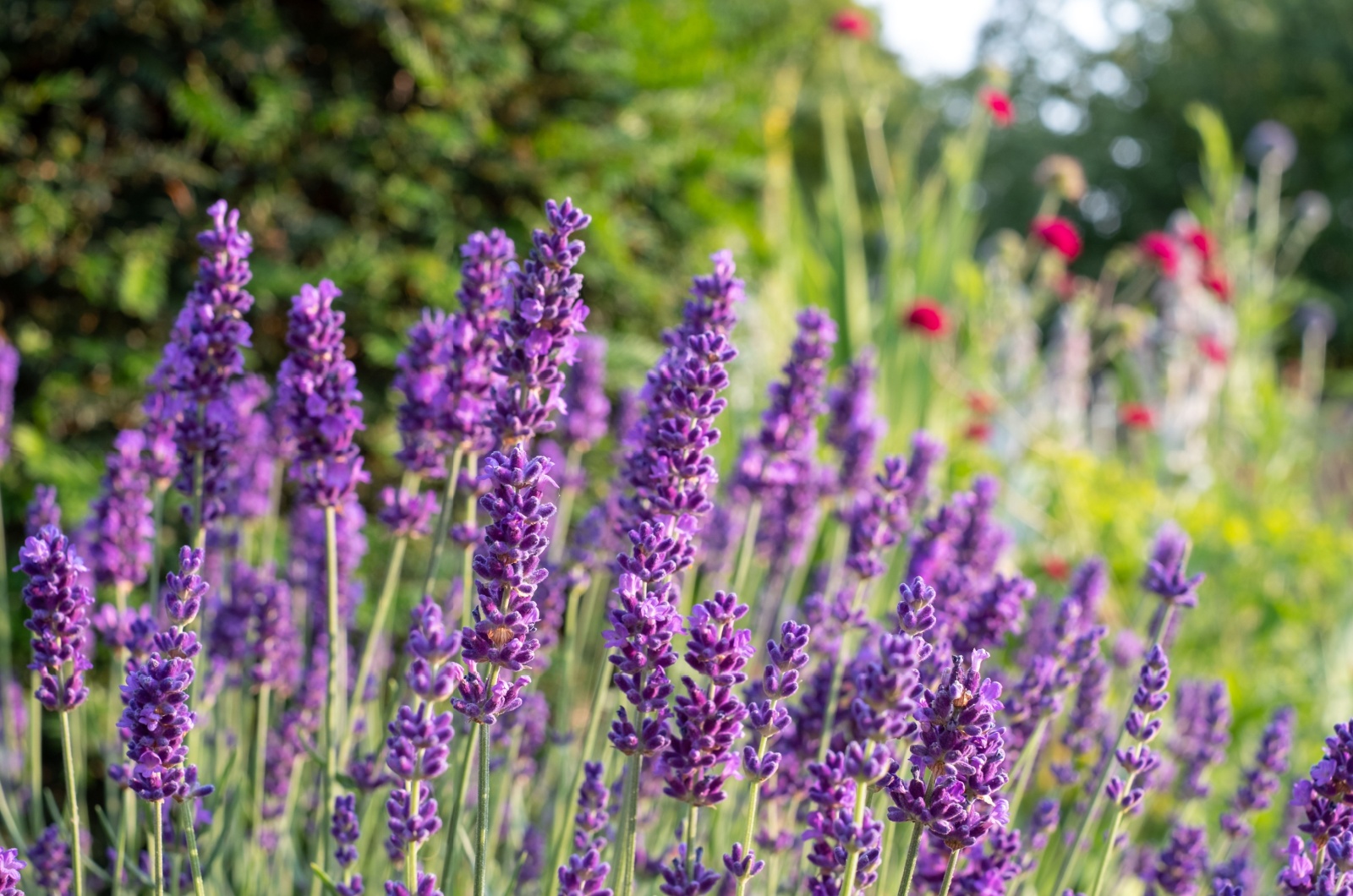
Of course you’ll find lavender on this list! It’s one of those plants that gets along with everyone in the garden!
Its fragrant purple blooms attract many pollinators, so you don’t have to worry if your watermelon plants will produce fruits.
I made a border with lavender around my watermelons and I have to say, the results were fantastic!
Just make sure you plant your lavender in soil that drains well because it’s susceptible to overwatering!
6. Sweet Alyssum Is A Game Changer
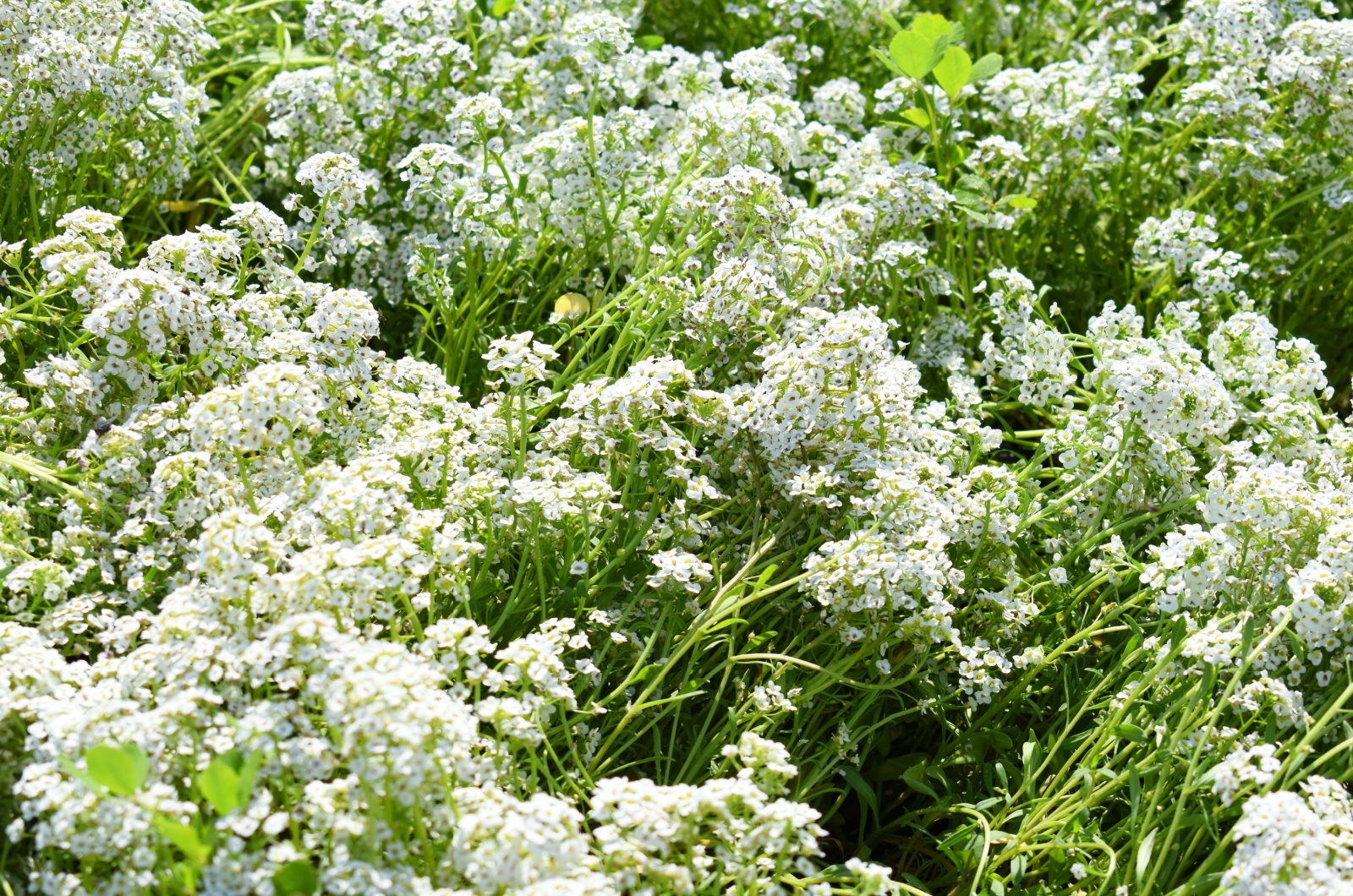
I often refer to Sweet Alyssum as an underrated plant. It has so many benefits and deserves a spot in every yard.
If you grow watermelons, Sweet Alyssum can help you attract pollinators and beneficial insects.
It will result in a high yield and you don’t have to worry about aphids munching on your watermelon plants. It’s a win-win!
7. The Unsung Hero: Borage
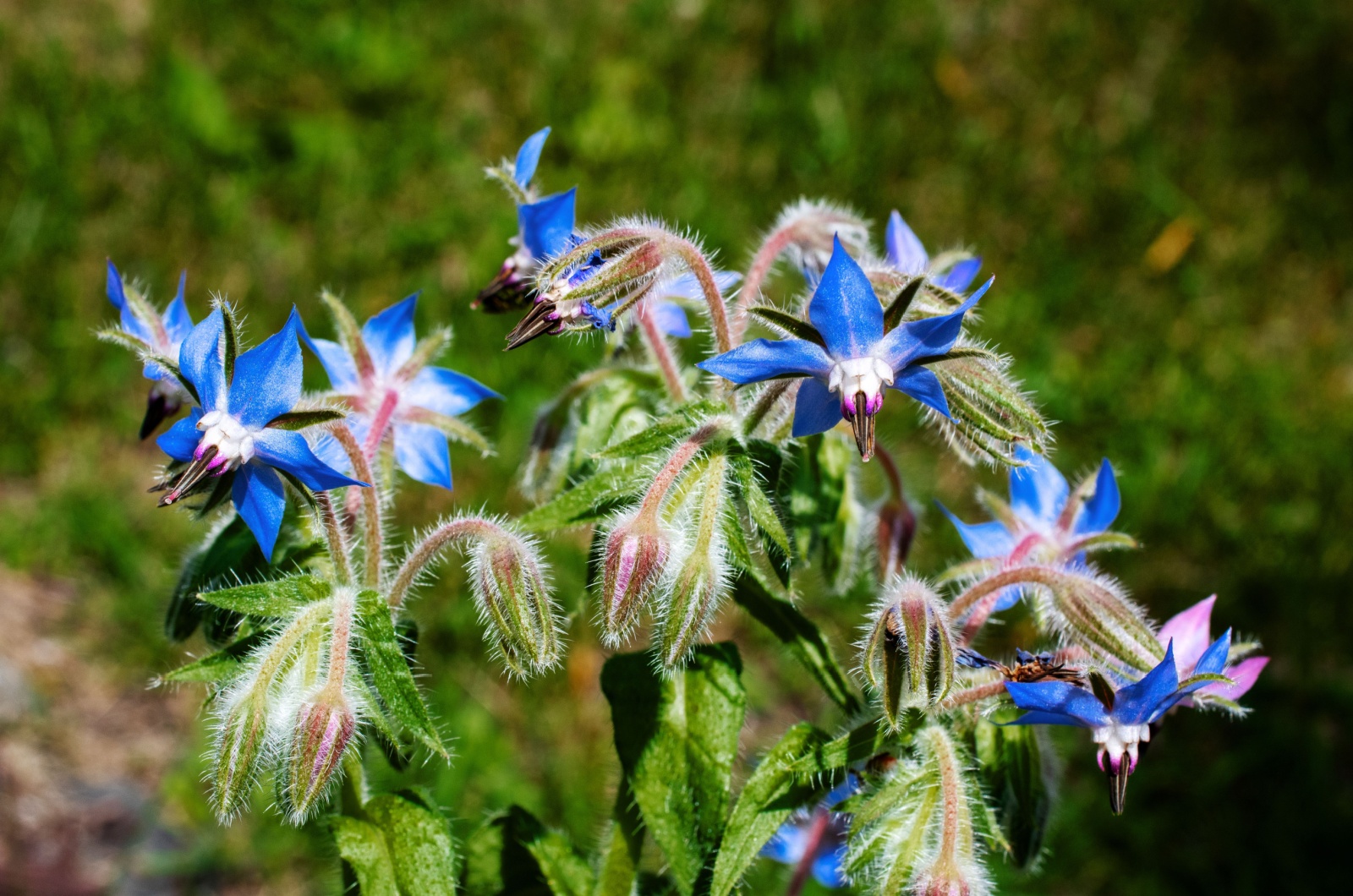
Borage isn’t a plant that you’ll notice first in flower beds. But it’s super easy to grow from seeds, and attracts bees, hoverflies, and parasitic wasps.
Its blue blossoms will add a dramatic touch to your outdoor space and your watermelons will appreciate its company.
When planting borage, make sure the soil is well-amended with organic matter and quick-draining materials.
But Do Not Plant Your Watermelons Near These:
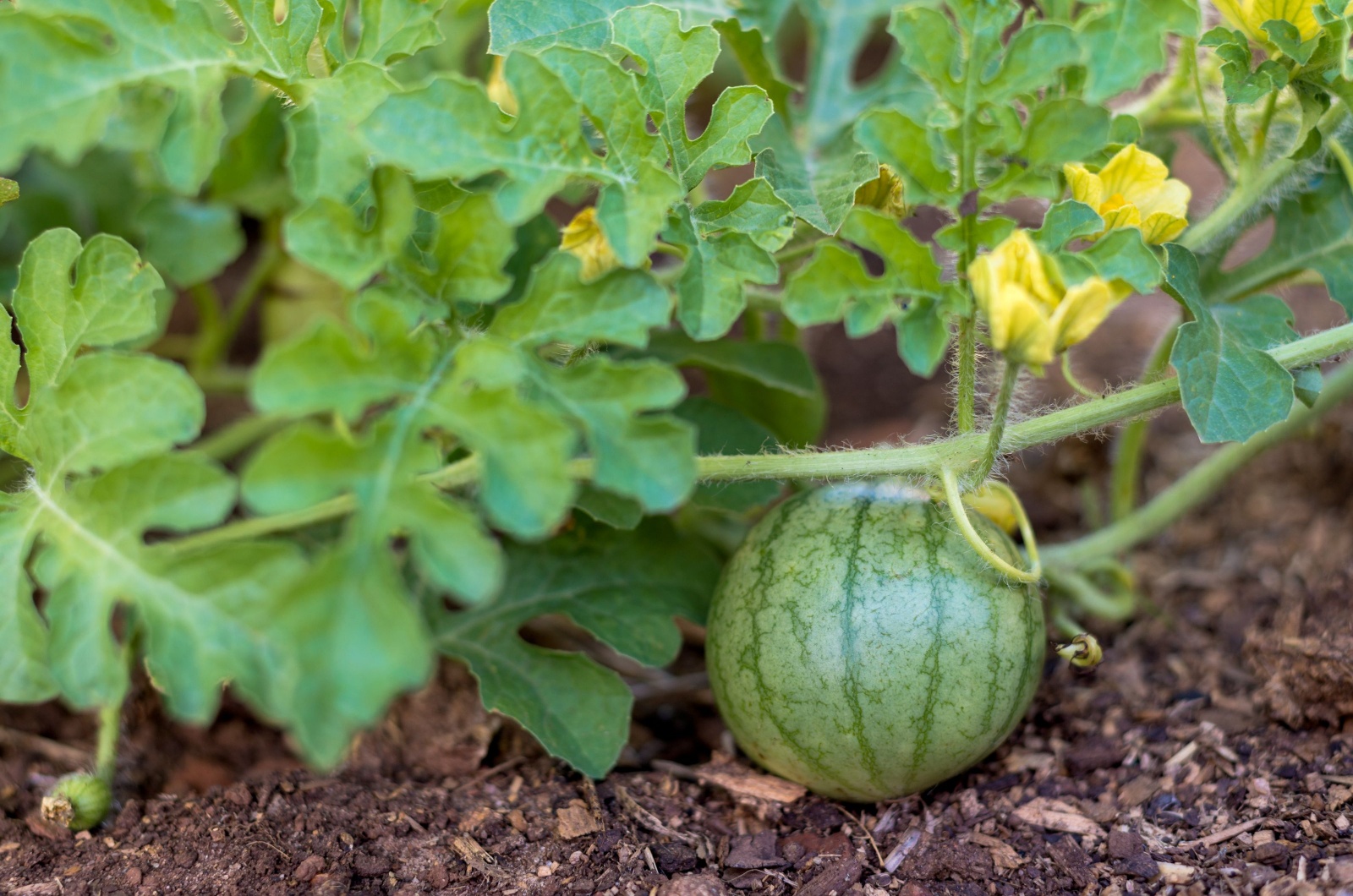
Not every plant will make a good companion for your watermelons. These are the three no-nos:
❌ Cucumbers
❌Pumpkins
❌Squash
These plants attract cucumber beetles and squash bugs, which can quickly destroy your watermelons, so you must find separate planting sites.
That’s it!
Ready to embark on the juiciest journey and help your watermelons thrive? With the right companions, you’re destined for success!


